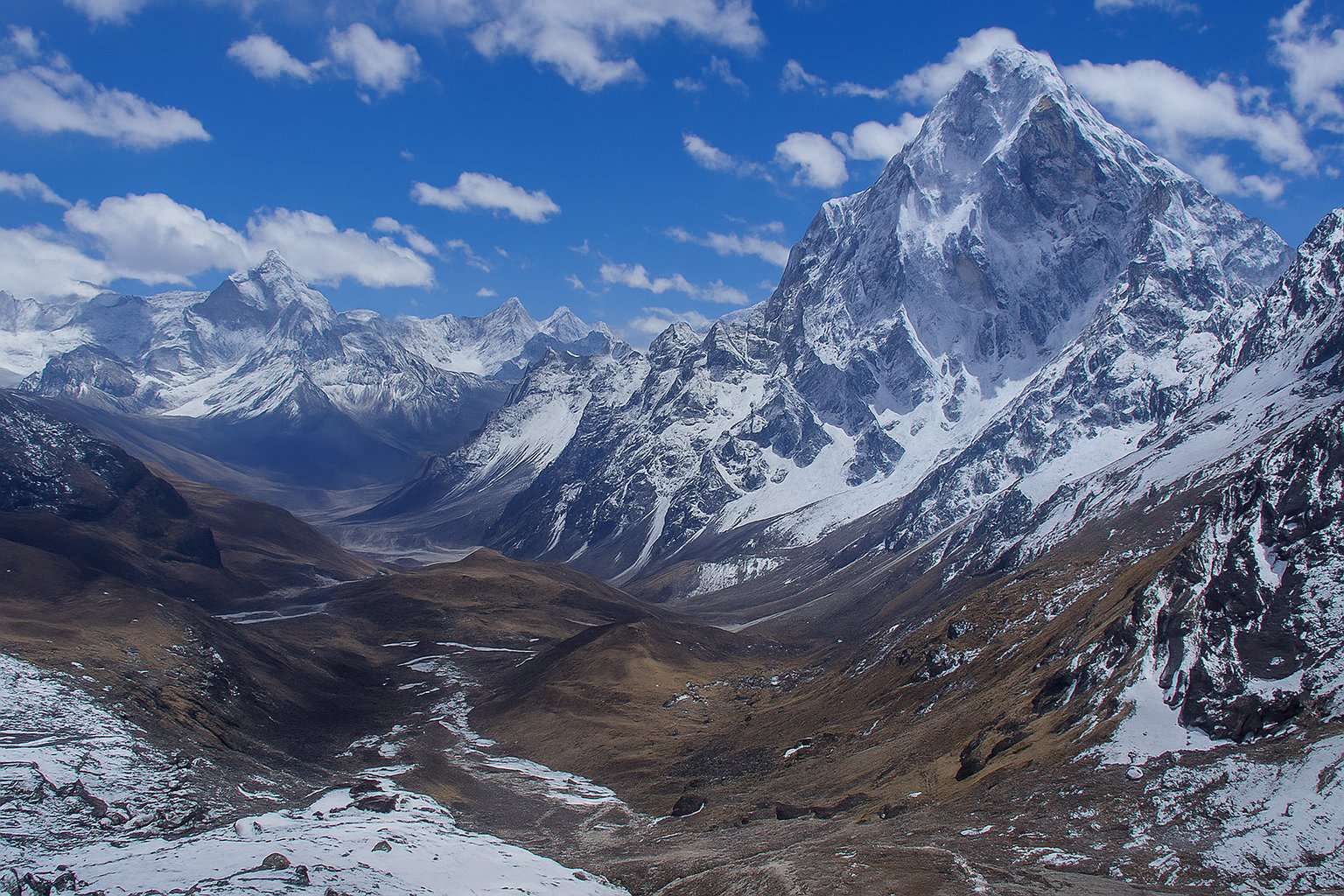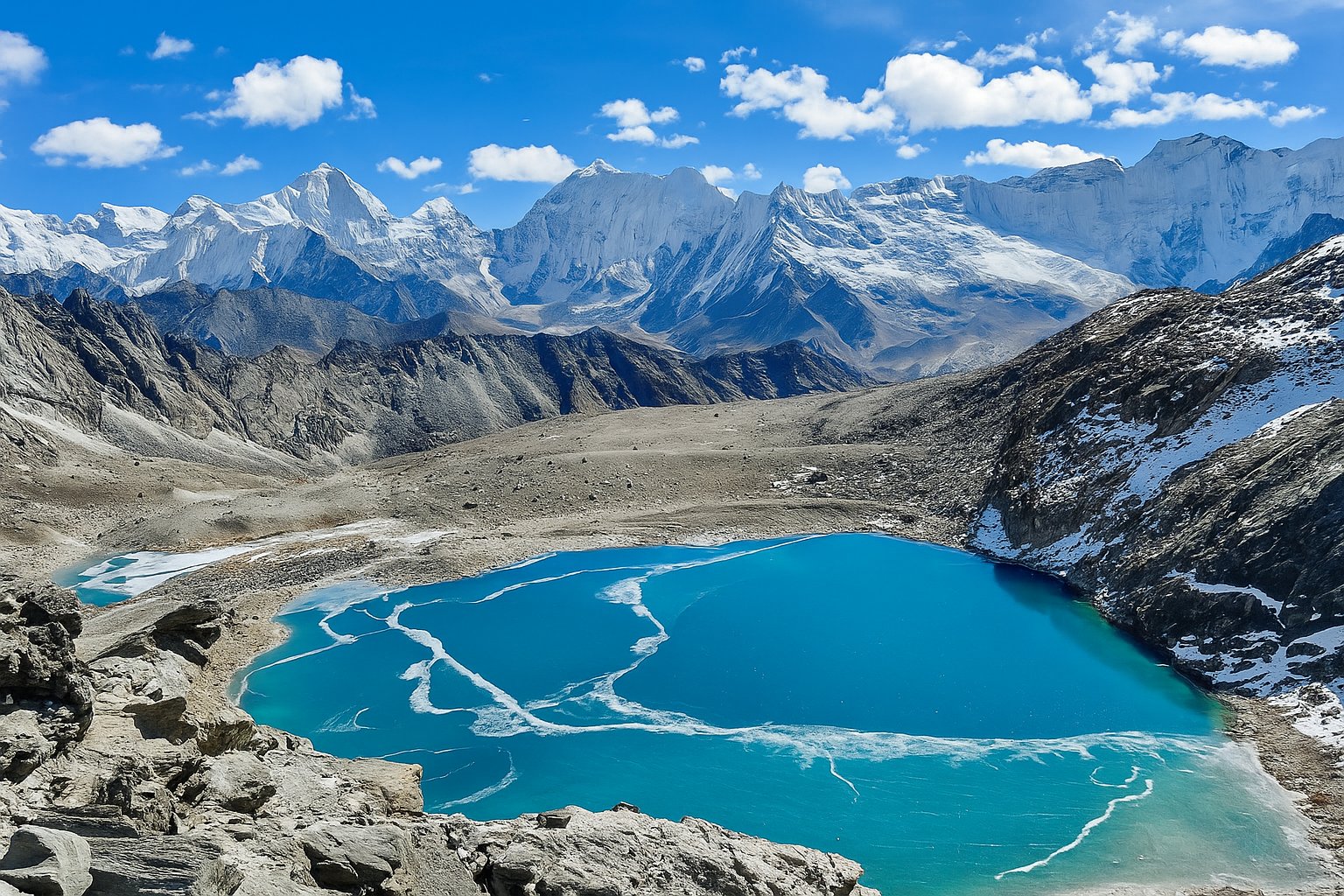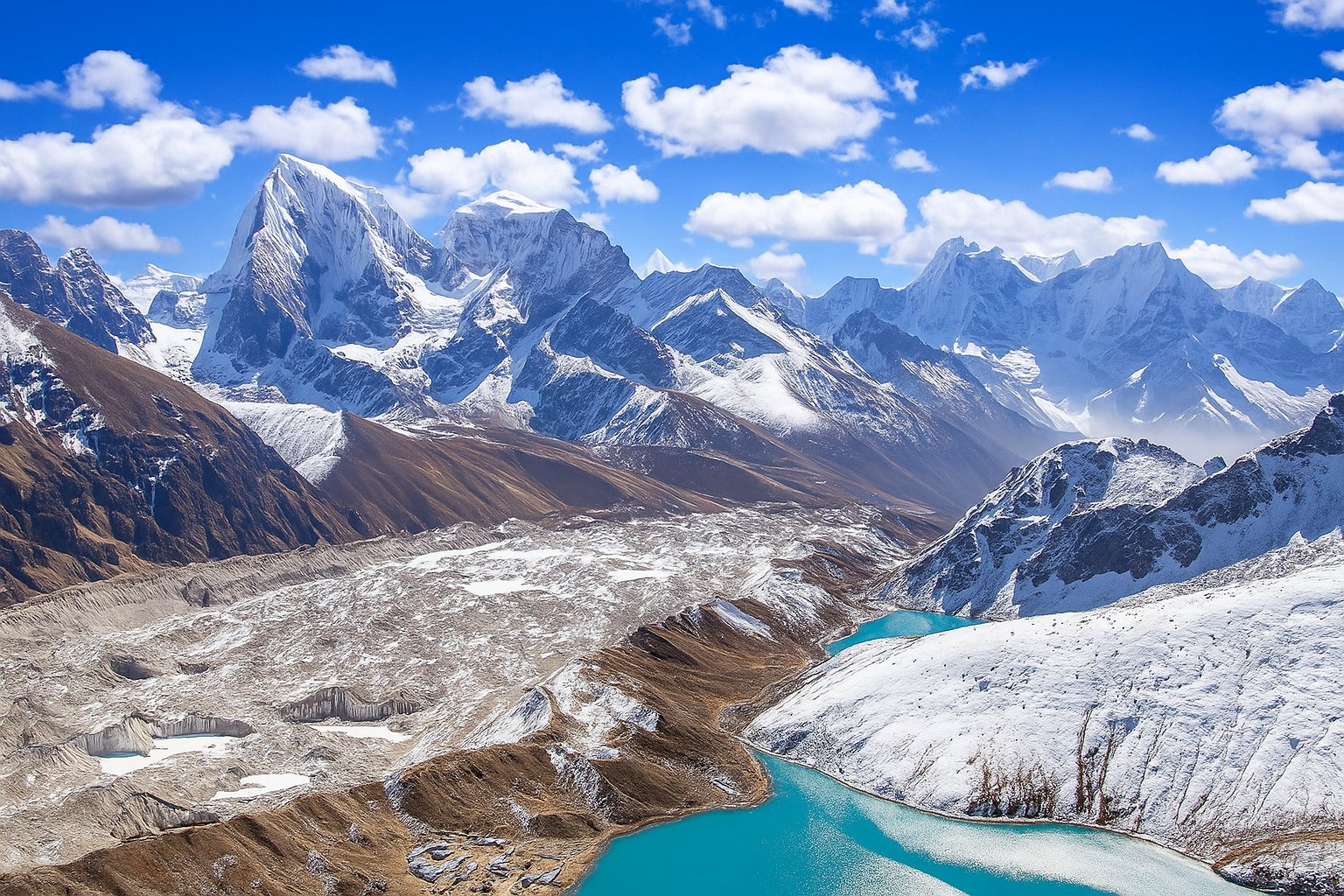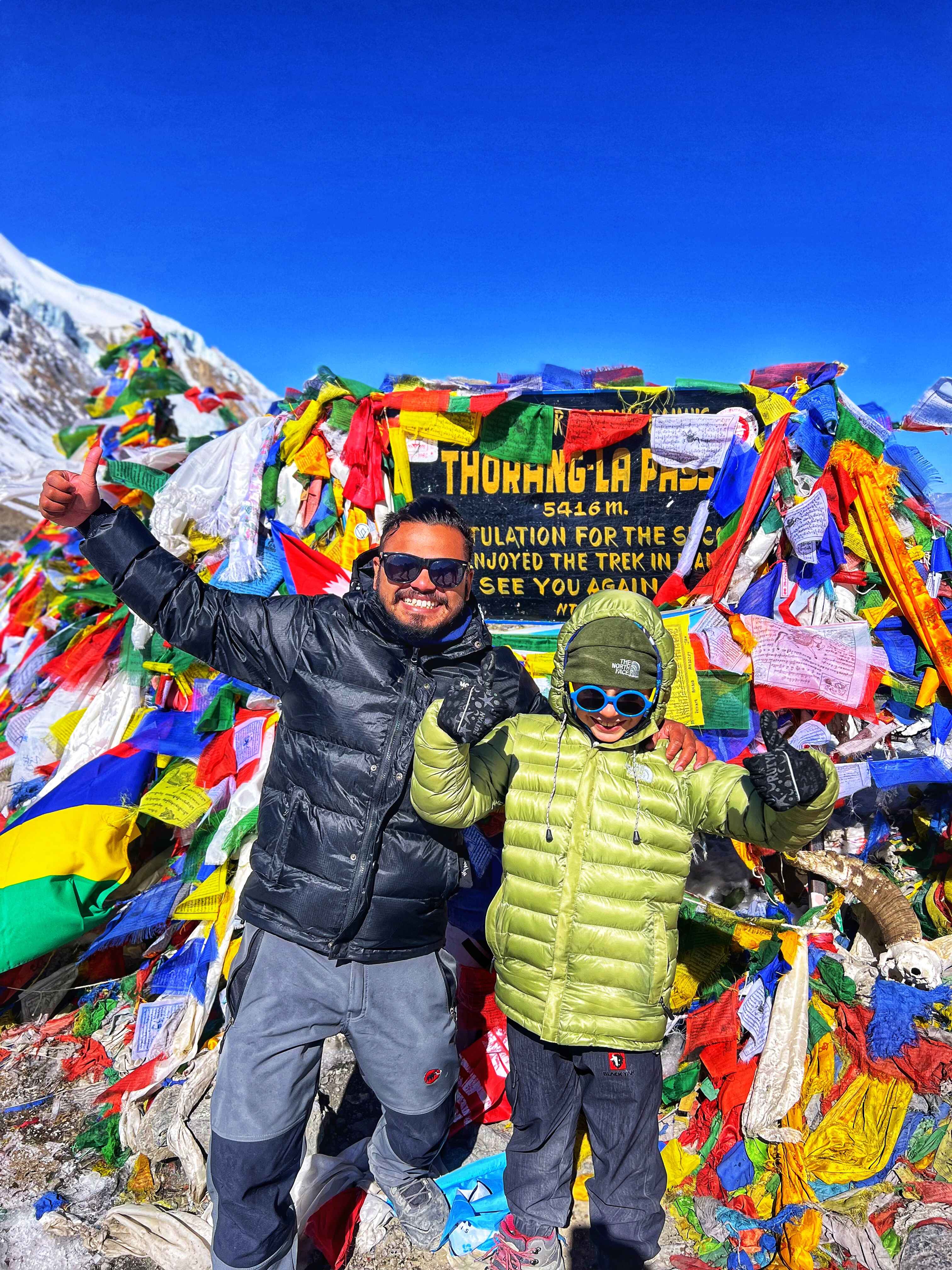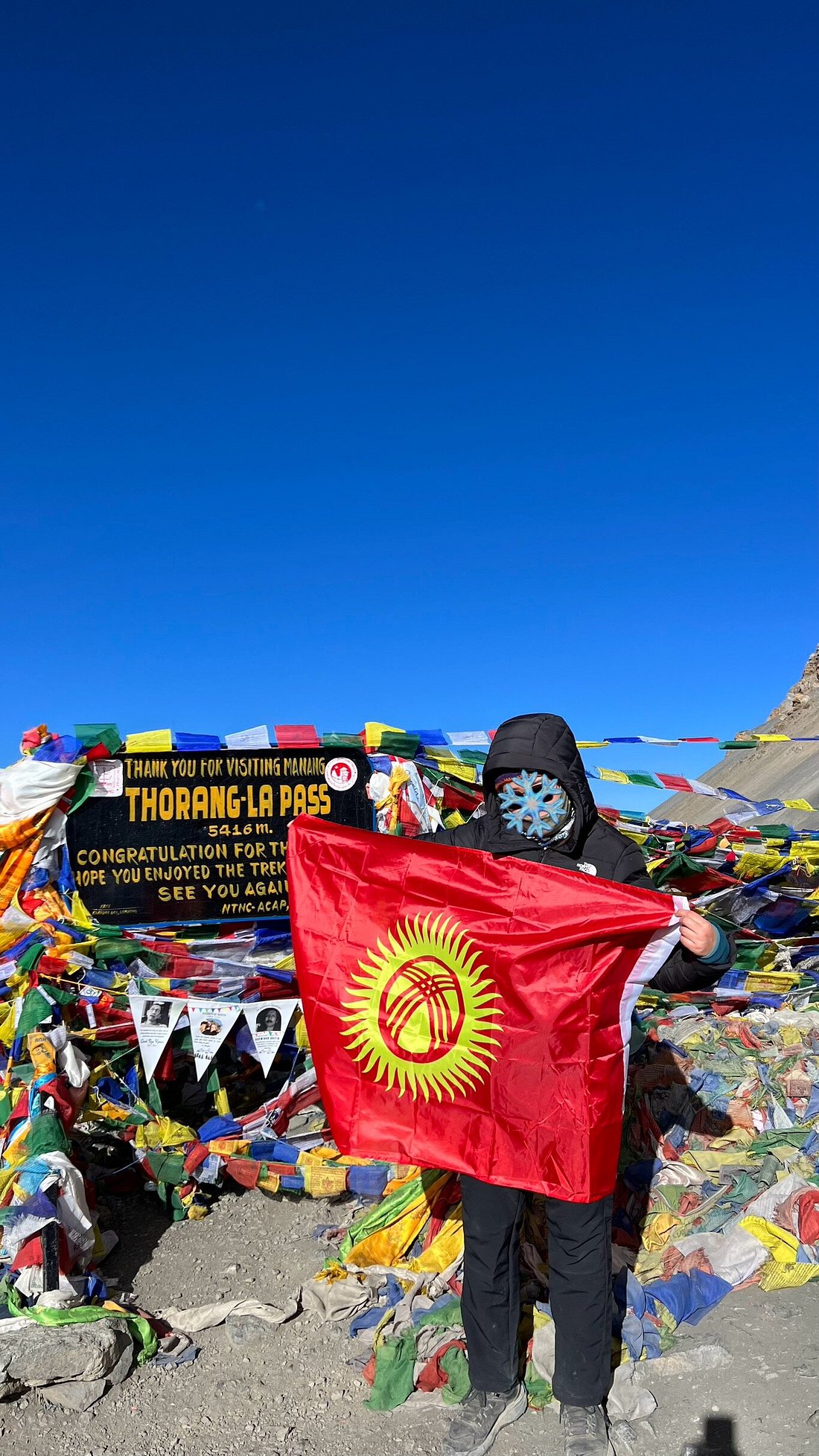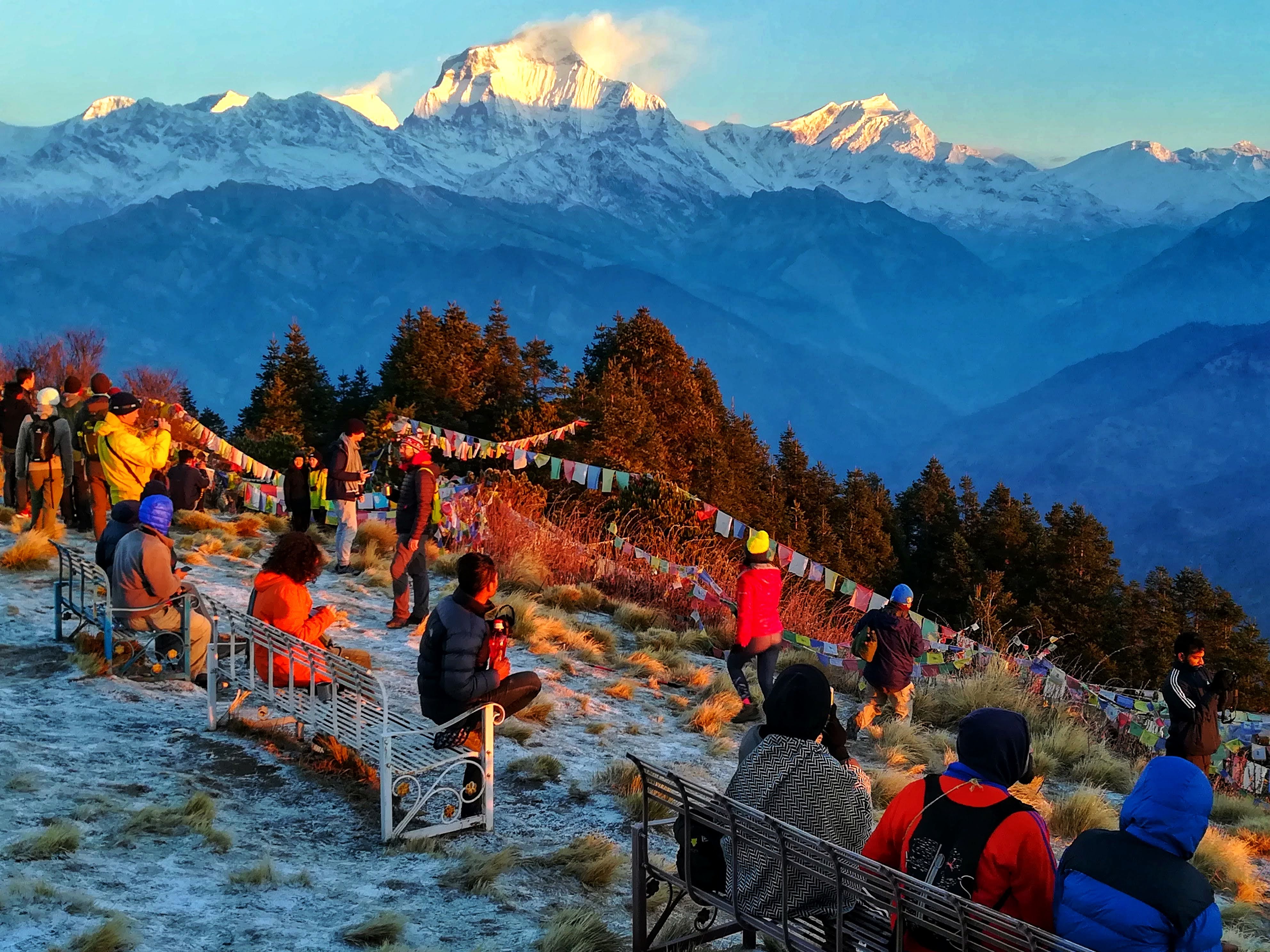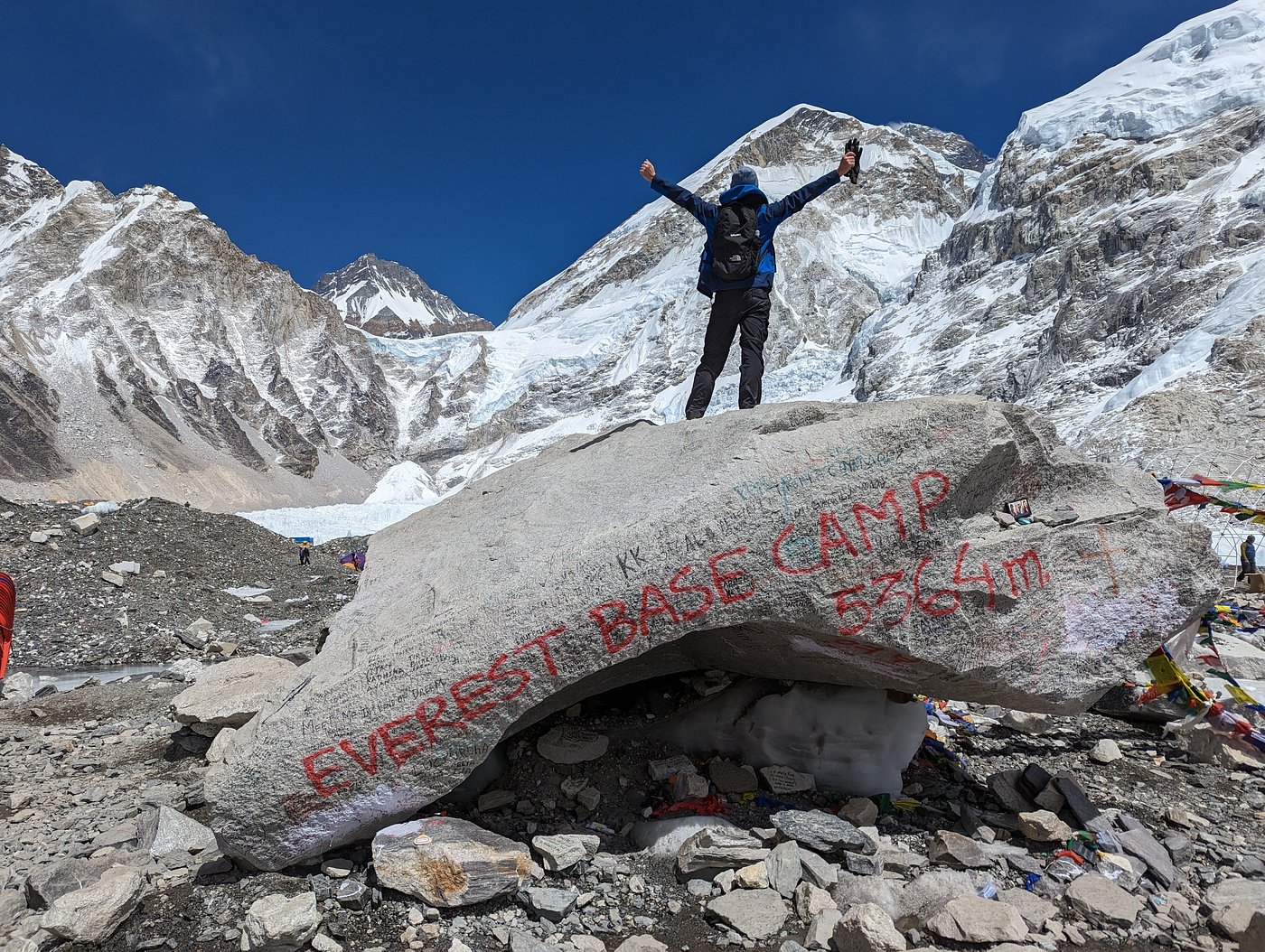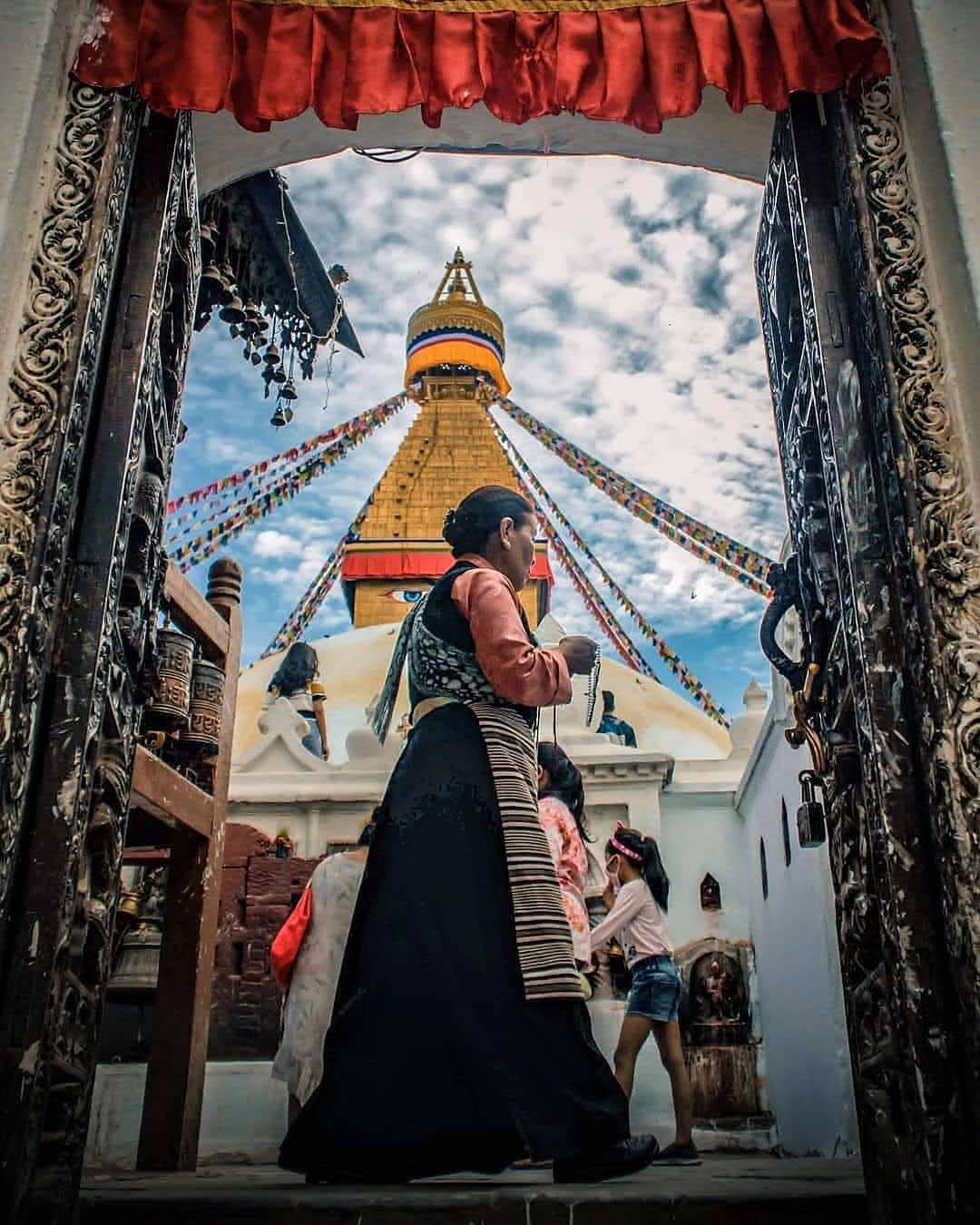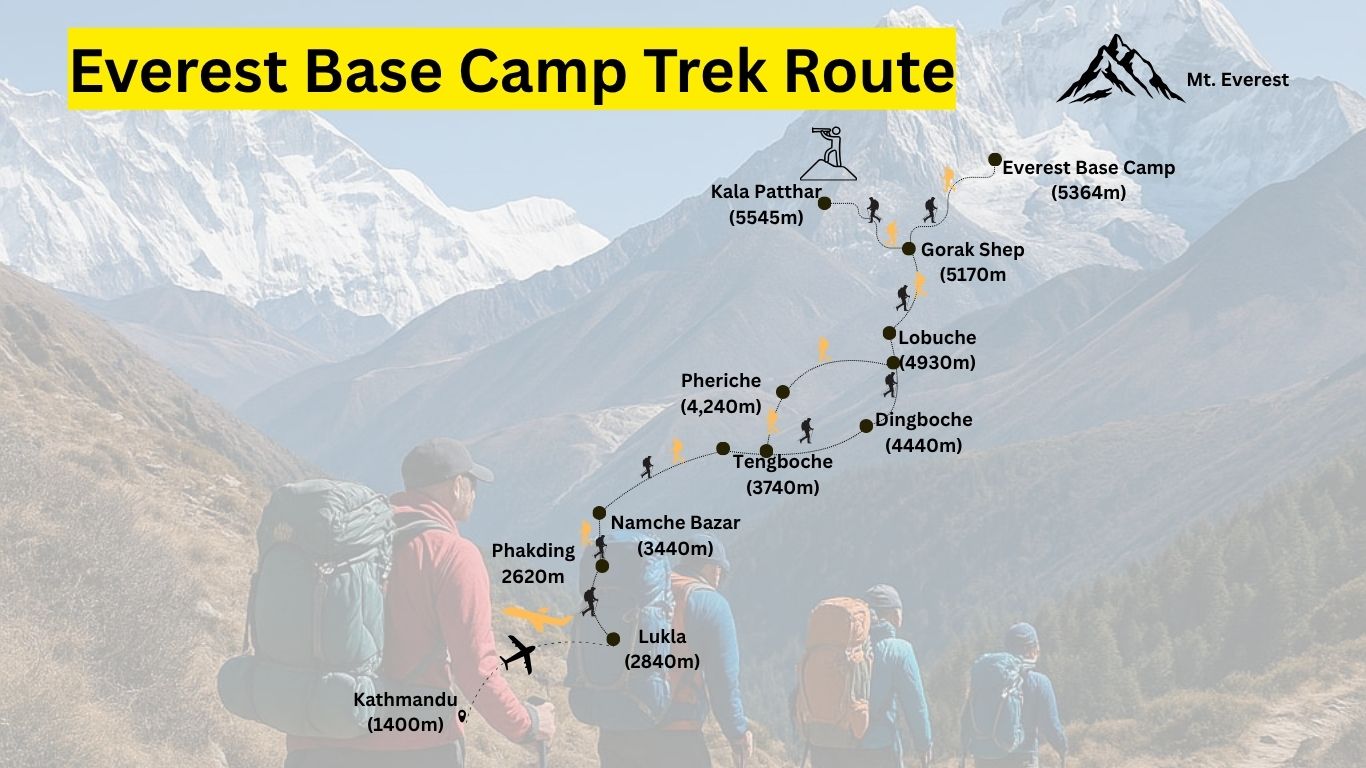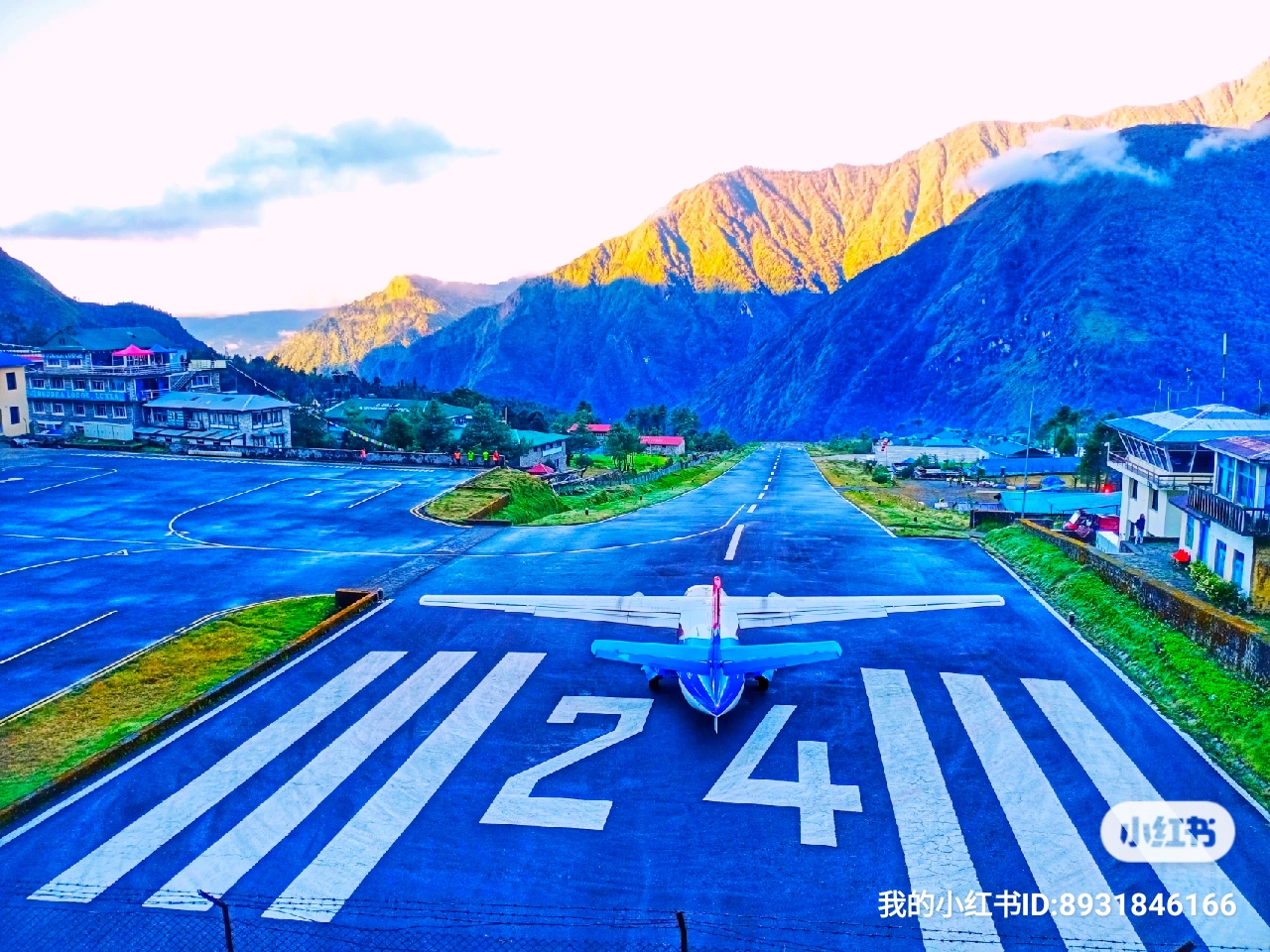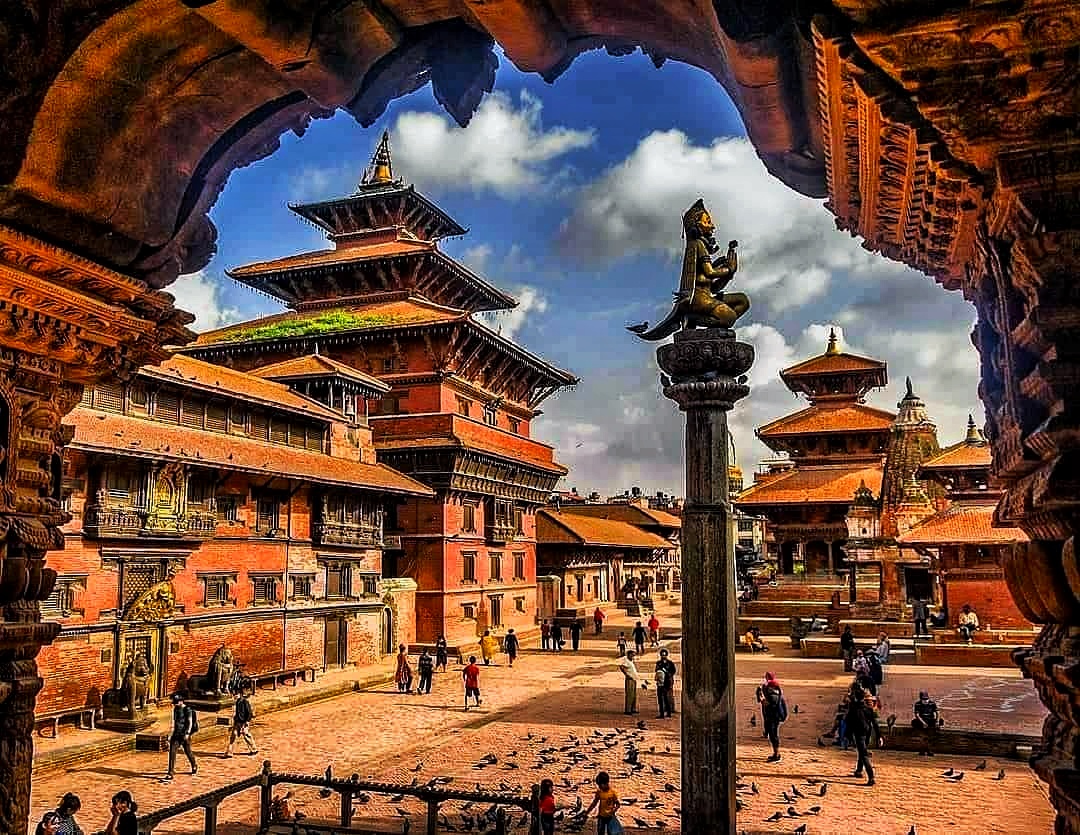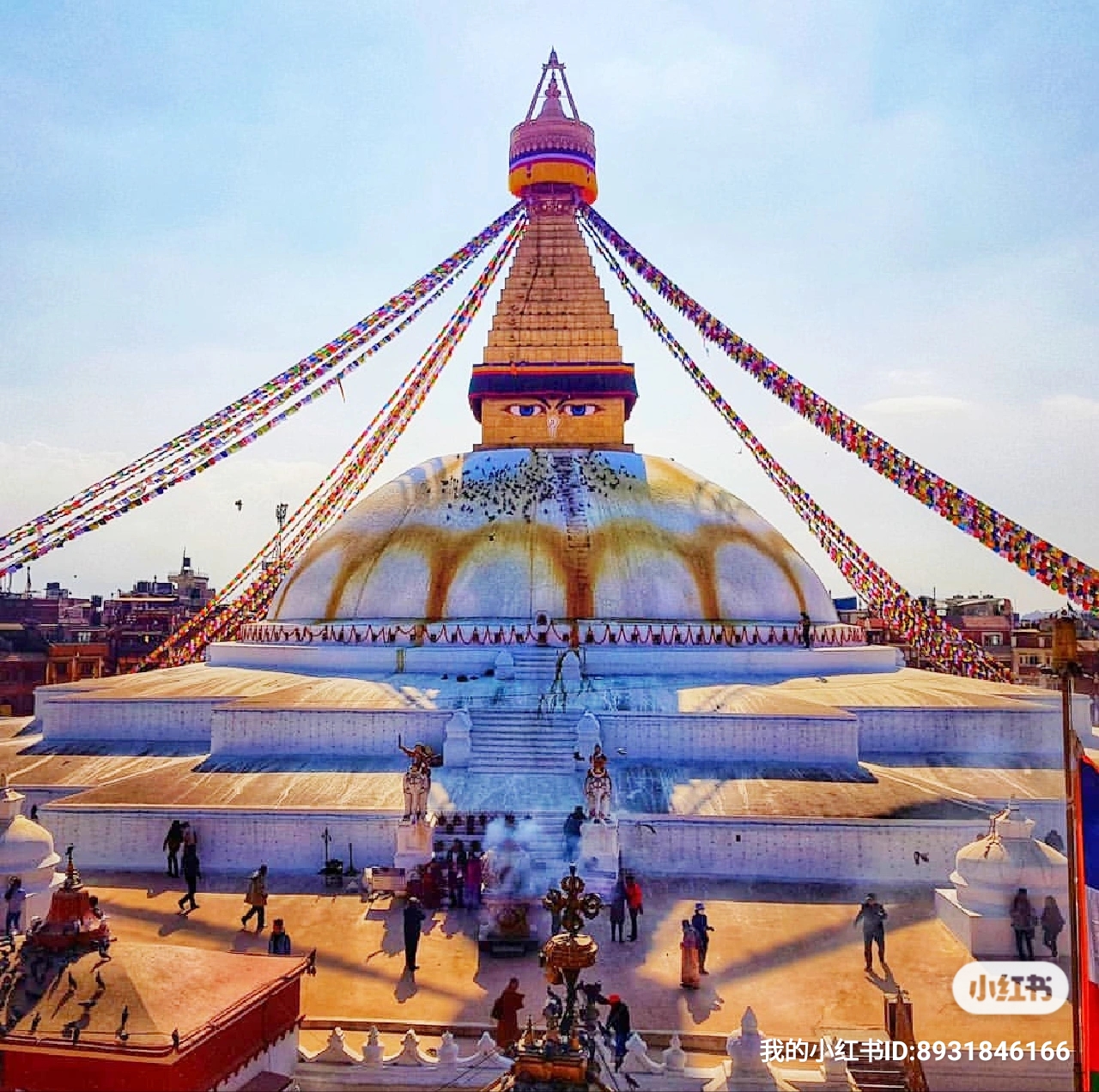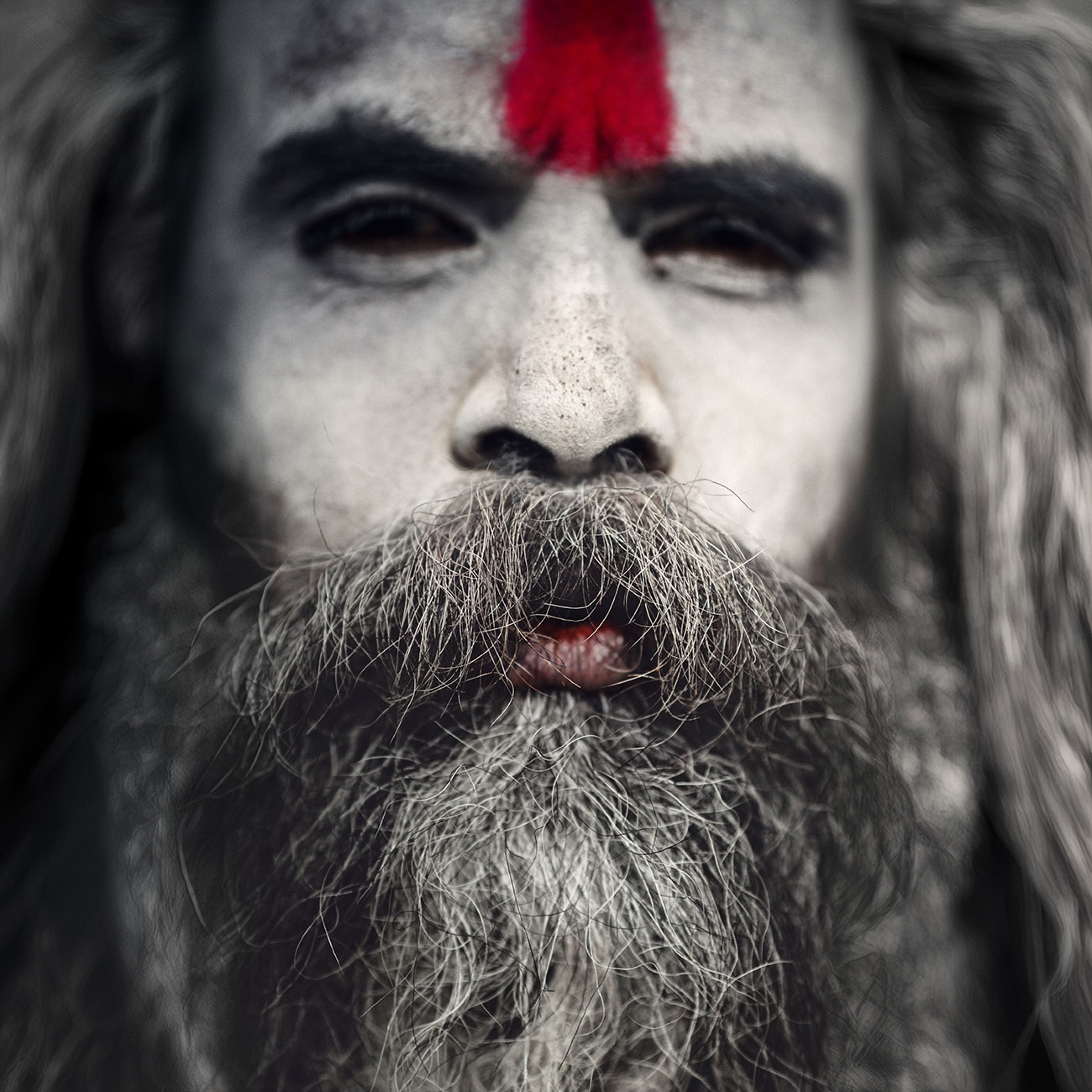
Nimsdai’s Project Possible: How Nirmal Purja Climbed 14 Peaks in 6 Months
01/10/2025
Climbing one of the world’s highest peaks is a dream that
takes years of preparation, immense courage, and a strong body. For many
mountaineers, just reaching the summit of Mount Everest is the achievement of a
lifetime. But what if someone told you they could climb all 14 of the
world’s highest mountains — each over 8,000 meters — in just a few months?
That’s exactly what Nirmal Purja, also known as Nimsdai,
set out to do with his ambitious mission, Project Possible. And
unbelievably, he did it — completing the challenge in just 6 months and 6
days, smashing the previous record that had stood for years.
This is not just a mountaineering story. It’s about
discipline, resilience, teamwork, and redefining human limits. Let’s dive into
how Nimsdai achieved one of the greatest mountaineering feats in history.
Who is Nirmal Purja (Nimsdai)?
Nirmal Purja, better known by his nickname Nimsdai,
is a Nepali mountaineer with a story as inspiring as his achievements. Born in Myagdi,
Nepal, and later raised in Chitwan, his early life was humble. Unlike many
professional climbers, Nirmal didn’t grow up in the Himalayas chasing peaks.
Instead, he first built his career in the military. He
joined the Gurkhas, an elite military unit in the British Army known for
their bravery. Later, he served in the UK Special Boat Service (SBS),
one of the most elite forces in the world. His military background taught him
discipline, endurance, and leadership — all of which became critical for his
mountaineering journey.
Leaving behind a stable career in the military wasn’t easy,
but Nimsdai had a bigger dream: to show the world what was possible in
mountaineering and to prove that “Nothing is Impossible.”
What Was Project Possible?
Project Possible was Nimsdai’s bold mission to climb all
14 of the world’s 8,000-meter peaks in under 7 months. For context,
the previous record for this challenge was nearly 8 years.
Here’s why the challenge was groundbreaking:
- Altitude:
At 8,000 meters, the human body starts to shut down. This zone is often
called the “Death Zone.”
- Logistics:
These peaks are spread across Nepal, Pakistan, and Tibet, requiring
visas, permits, and tight planning.
- Weather:
Each peak has a small climbing window, making timing critical.
- Funding:
Mountaineering at this level is expensive, and Nimsdai initially struggled
to secure sponsors.
Despite these challenges, he went ahead, naming it Project
Possible because he wanted to prove that limits exist only in the mind.
Timeline of Project Possible
Nimsdai broke down the challenge into three phases across
different regions of the Himalayas and Karakoram.
Phase 1 (April–May 2019) – Nepal (6 Peaks)
- Annapurna
(April 23, 2019) – One of the most dangerous peaks.
- Dhaulagiri
(May 12, 2019) – Harsh weather tested the team.
- Kanchenjunga
(May 15, 2019) – Nims rescued climbers even while pushing his limits.
- Everest
(May 22, 2019)
- Lhotse
(May 22, 2019) – Climbed right after Everest.
- Makalu
(May 24, 2019)
This was also when his viral photo of the Everest traffic
jam shook the world. That image showed the long line of climbers waiting to
summit Everest — highlighting overcrowding issues in modern mountaineering.
Phase 2 (July 2019) – Pakistan (5 Peaks)
- Nanga
Parbat (July 3, 2019)
- Gasherbrum
I (July 15, 2019)
- Gasherbrum
II (July 18, 2019)
- K2
(July 24, 2019) – Known as the “Savage Mountain,” it’s considered the
hardest of them all. In fact, Nims’ team was the only one to summit K2
that season.
- Broad
Peak (July 26, 2019)
Phase 3 (September–October 2019) – Tibet (3 Peaks)
- Cho
Oyu (September 23, 2019)
- Manaslu
(September 27, 2019)
- Shishapangma
(October 29, 2019) – The final summit that completed Project
Possible.
By the end, he had summited all 14 peaks in 189 days
— an achievement many thought was humanly impossible.
Challenges Faced During Project Possible
Every great achievement comes with obstacles, and Nimsdai’s
journey was no different.
- Hypoxia
and Fatigue – At extreme altitudes, oxygen levels drop drastically,
causing hypoxia (lack of oxygen). Yet Nims pushed through.
- Financial
Struggles – He even remortgaged his house to fund the project before
sponsorships came in.
- Unpredictable
Weather – Peaks like Annapurna and K2 are infamous for deadly
conditions.
- Political
and Bureaucratic Hurdles – Securing permits, especially for
Shishapangma in Tibet, wasn’t easy.
- Physical
Exhaustion – Climbing one 8,000-meter peak takes a massive toll. Doing
14 back-to-back was unheard of.
Key Achievements of Project Possible
Nirmal Purja’s project created several world records and
unforgettable moments:
- Fastest
ascent of all 14 peaks – Completed in 6 months, 6 days.
- Everest,
Lhotse, and Makalu in 48 hours – Three 8,000m peaks in just 2 days.
- Rescue
Missions – He saved multiple climbers during his own climbs.
- Recognition
of Sherpas – He highlighted the contributions of Nepali Sherpas,
giving them global attention.
- Global
Awareness – His viral photo from Everest became one of the most iconic
mountaineering images of all time.
The Impact of Project Possible
Nimsdai’s mission wasn’t just about breaking records; it
changed the way the world looked at mountaineering.
- Inspiration
Worldwide – Millions watched his journey and felt motivated to push
their own limits.
- Netflix
Documentary: 14 Peaks: Nothing is Impossible – Released in
2021, it introduced his story to a global audience.
- Nepalese
Pride – He put Nepalese climbers at the center of world mountaineering
conversations.
- Redefining
Human Potential – His story proved that with the right mindset,
training, and teamwork, impossible dreams can be turned into reality.
Lessons We Can Learn from Nimsdai
- Discipline
Matters – His military background taught him structure and endurance.
- Teamwork
is Everything – He constantly credits his Sherpa teammates.
- Resilience
Over Circumstance – Even when sponsorships fell through, he kept
going.
- Dream
Big – Setting impossible goals can change not just your life, but the
lives of others.
Frequently Asked Questions (FAQs):
1. What is Nirmal Purja’s Project Possible?
Project Possible was Nirmal Purja’s mission to climb all 14
of the world’s peaks above 8,000 meters in under 7 months. He completed it in
just 6 months and 6 days in 2019.
2. How many mountains did Nimsdai climb in Project
Possible?
He climbed all 14 mountains over 8,000 meters,
including Everest, K2, Annapurna, and Shishapangma.
3. What record did Nirmal Purja set?
Nirmal Purja set the world record for the fastest ascent
of all 14 peaks above 8,000m, completing them in less than 7 months.
4. What is the Netflix documentary about Nimsdai?
The documentary is called “14 Peaks: Nothing is
Impossible” and it covers his incredible journey through Project Possible.
5. Why is Nirmal Purja famous?
He is famous for his mountaineering achievements, including
his Project Possible record, his viral Everest traffic jam photo, and for
highlighting the role of Nepalese Sherpas in global mountaineering.
Conclusion
Nimsdai’s Project Possible is more than just a
climbing record. It’s a story of determination, courage, and a refusal to
accept limits. In just 6 months, he achieved what the world thought would take
decades.
For anyone chasing big dreams, whether it’s in sports, business, or personal life, Nimsdai’s story is a reminder that limits exist only in the mind. When you combine passion with persistence, truly nothing is impossible.



